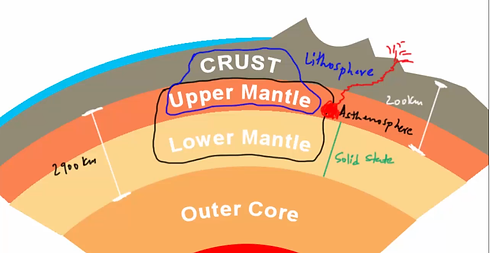Where did Earth's water come from?
From a recent paper on asteroids, scientists were able to finally answer one of the most mysterious problems that we could not solve for centuries. We now understand where Earth’s water came from, and the answer is very interesting.
A new study done by two researchers on the Itokawa Asteroid samples now prove where the water on Earth came from. The researchers placed five little samples of the asteroid, then placed them into the spectrometer to analyze its composition. Luckily for the two of them, two out of the five grains contained samples of a mineral called pyroxene. This mineral is also on Earth and we know that they can potentially contain a lot of water. These minerals are beneath the crust and can be found in the upper and lower mantle. The water retrieved from the samples turns out to be very very similar if not identical to the water on Earth.

Earth's internal layers

Two different water
How can water be different? This can be illustrated by the image shown above. Both beakers have water but in one of them, the ice is floating. Nonetheless, the ice is sinking in the other. The water in the left is from our oceans but the water in the right is water called “Heavy Water.” This water is different since it contains a little bit more deuterium than the water on Earth.
Two Hydrogen Atoms
